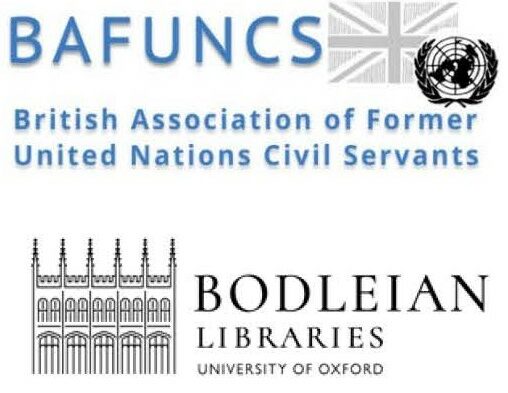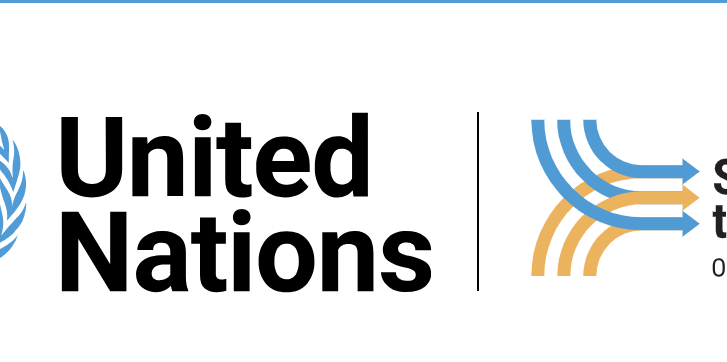Welcome to the British Association of Former United Nations Civil Servants (BAFUNCS)
Article Categories
Select a category below to filter those articles
- All
- Annual General Meetings
- Executive Committee
- Members' Home Page
- Overseas
- Oxford
- South Central & Channel Islands
Alll Members Welcome! THE WHITE HART Old Romsey Rd. Cadnam SO40 2NP The South Central [SCL] Summer Lunch will take place at The White Hart on Tuesday 29 July 2025. Let’s meet from 12 noon with lunch being served at 12h30 or earlier if everyone is present. The Deadline for the menu order is July 22. Payment will be made on the day as usual. Please contact Claudine Pichon at sclbafuncs@gmail.com MENU STARTERS [1] Roasted Tomato and Basil Soup [v] [2] Pressed Ham Hock and Pea Terrine with apricot and carrot chutney [3] Smoked Salmon Fish Cake, pea purée, fine herb and lemon mayonnaise MAINS [4] Steak Burger, beer onions, grilled pancetta, Monterey Jack, spiced tomato mayonnaise and fries [5] Beer Battered Fish & Chips mushy peas and tartare sauce [6] Bacon Chop, Fried Egg with roast tomato, Portobello mushroom and chunky chips [7] Barbers 1883 Cheddar, Balsamic Onion & Leek Quiche, crème fraîche new potato salad [v] PUDDINGS [8] Individual Apple Pie with vanilla custard [v] [9] Summer Pudding, berries and raspberry sorbet [v] [10] Triple Chocolate Brownie chocolate sauce and vanilla ice cream [v] Two Course £27.- Three Course £33.- Americano, Espresso, Cappuccino, Tea ADD £3.70
The Oxford Region’s summer lunch was held at Gusto Italian on Wednesday 25th June, and was attended by 12 people. We celebrated the UN@80 anniversary, and wished for a positive outcome to the reforms currently in progress. Before the lunch, a group visited Trinity College Oxford, to have a guided tour of the President’s and Fellows’ garden, which are not accessible to the public. The group then had time to enjoy the gardens and the rest of the college, including the Quads Hall and the outstanding Chapel reckoned to be the most impressive in Oxford.
I thank everyone who voted for the proposed Executive Committee and especially for myself as Chair, and I am looking forward to contributing to the Association in this new role. I wish to thank the other elected members of ExCo for their continuing service, and particularly Nicholas Rosellini who has stepped up to be the new Vice-Chair. I take this opportunity to thank Andy Flatt who has stood down as Chair, and I look to him for his contribution as a continuing member of ExCo. I joined BAFUNCS in May of 2020, just before I retired, and came to know the Association when activities resumed after the COVID lockdowns. I became the Regional Representative for the Oxford Region in 2022, and was co-opted onto the Executive Committee in December 2022 as leader of the Career Paths Programme. You will find an article on the Programme in the Spring 2025 edition of the Newsletter. I was elected as Vice-Chair in 2024, before agreeing to be proposed as Chair in the recent election. In the relatively short time that I have been a member, I have found the Association plays several key roles for its members, by representing their interests in relation to the UN Pension Fund and After Service Health Insurance, by offering information through its website and newsletters and advice on various matters including UK taxation, and by providing a social environment for retirees to share experiences and develop friendships. ExCo is responsible for maintaining all of these activities, and I will do my best to keep the various aspects of the show on the road. You can find a full account of my career on my LinkedIn profile (https://www.linkedin.com/in/stephen-rudgard-6268245/). In terms of UN service, I retired from 20 years of service with the Food and Agriculture Organization (FAO) in June 2020, and have since undertaken a range of short-term policy-related roles with FAO. Latterly in my full-time service, I was FAO Representative to Indonesia and Timor Leste, and before that to Lao PDR. From 2000 to 2014, I worked in FAO Headquarters, latterly as Chief, Knowledge and Capacity for Development, where I established the global e-agricultural community of practice and FAO’s e-learning programme as parts of a rich and varied programme. Please send any comments and suggestions you may have for the way BAFUNCS operates to me at the email address chair@bafuncs.org. I also encourage any member who is interested in contributing to how the Association is run to get in touch. Stephen Rudgard, Chair of the Executive Committee














